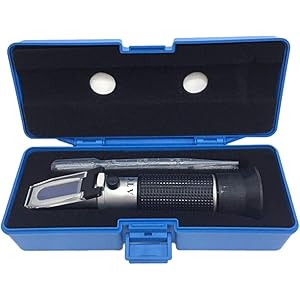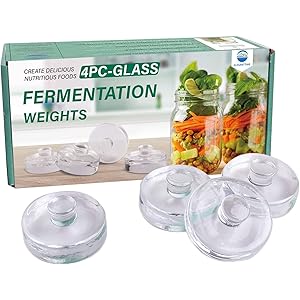Understanding Fermentation Methods
Fermentation methods are essential processes that utilize microorganisms to convert sugars into acids, gases, or alcohol. These methods have been employed for centuries in various cultures to preserve food, enhance flavors, and create alcoholic beverages. The diversity of fermentation methods reflects the adaptability of microorganisms and their ability to thrive in different environments, leading to a wide range of products, from yogurt to beer.
Traditional Fermentation Techniques
Traditional fermentation methods often involve natural processes where wild yeast and bacteria are utilized. These techniques include spontaneous fermentation, where the microorganisms present in the environment initiate the fermentation process. This method is commonly used in the production of sourdough bread and certain types of beer, where the unique flavors are a result of the local microbial community.
Controlled Fermentation Processes
Controlled fermentation methods involve the deliberate introduction of specific strains of yeast or bacteria to ensure consistency and quality in the final product. This approach is prevalent in commercial brewing and winemaking, where producers select particular strains to achieve desired flavor profiles and fermentation rates. By controlling temperature, pH, and oxygen levels, producers can optimize the fermentation process for better results.
Batch Fermentation
Batch fermentation is a method where all ingredients are added at once, and fermentation occurs in a single vessel. This technique is widely used in the production of beer, wine, and various fermented foods. The batch process allows for easier monitoring of fermentation parameters and is often favored for its simplicity and efficiency. However, it may not be suitable for large-scale production due to limitations in scalability.
Continuous Fermentation
Continuous fermentation is a method where substrates are continuously fed into the fermentation vessel while the product is simultaneously removed. This technique is often used in industrial applications, such as the production of ethanol and certain dairy products. Continuous fermentation allows for higher productivity and efficiency, as it maintains a steady state of fermentation without the need for frequent batch changes.
Get more content like this!
Sign up to receive updates and new terms first hand.
Solid-State Fermentation
Solid-state fermentation (SSF) involves the fermentation of solid substrates without free-flowing liquid. This method is commonly used in the production of fermented foods like tempeh and certain types of cheese. SSF is advantageous for producing high concentrations of biomass and metabolites, making it a popular choice for the cultivation of fungi and bacteria in various food applications.
Liquid Fermentation
Liquid fermentation, also known as submerged fermentation, occurs in a liquid medium where microorganisms are suspended. This method is widely used in the production of beverages, such as beer and wine, as well as in the fermentation of various industrial products. Liquid fermentation allows for better control of environmental conditions, leading to consistent and high-quality outputs.
Fermentation in Food Preservation
Fermentation methods play a crucial role in food preservation by inhibiting the growth of spoilage organisms and pathogens. Lactic acid fermentation, for example, is used in the production of pickles and sauerkraut, where the acidity created during fermentation helps to preserve the food. This method not only extends shelf life but also enhances the nutritional profile and flavor of the preserved products.
Health Benefits of Fermented Foods
Fermented foods produced through various fermentation methods offer numerous health benefits. They are rich in probiotics, which promote gut health and improve digestion. Additionally, fermentation can increase the bioavailability of nutrients, making them easier for the body to absorb. Consuming fermented foods regularly has been linked to improved immune function and overall well-being.
Future Trends in Fermentation Methods
The future of fermentation methods is promising, with ongoing research exploring innovative applications and techniques. Advances in biotechnology are leading to the development of new strains of microorganisms that can produce unique flavors and textures. Additionally, the growing interest in plant-based diets and sustainable food production is driving the exploration of fermentation methods to create alternative protein sources and enhance food preservation techniques.




